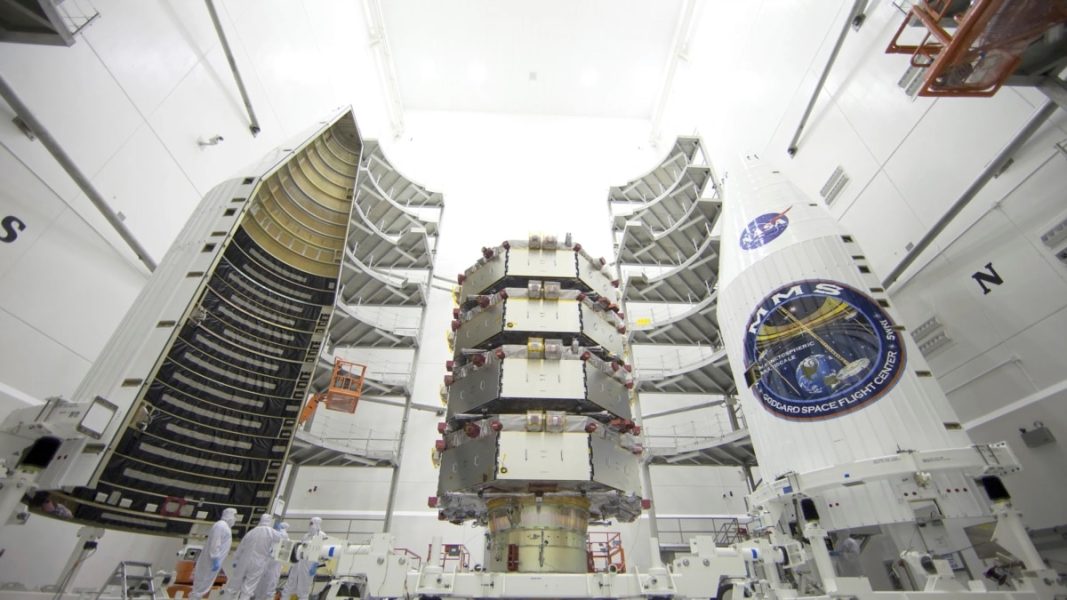Scientists Slow Light to Just 37 Miles Per Hour! Unbelievable Breakthrough Revealed – Glass Almanac

We’ve all learned in school that the speed of light in a vacuum is a constant universal limit, an impassable cosmic boundary. However, recent scientific efforts have focused on slowing down, or even completely stopping, light. How did researchers achieve this? They delved into the peculiar world of quantum physics using a very special state of matter: the Bose-Einstein condensate.
Imagine a gas cooled to a temperature near absolute zero. The atoms within this gas then begin to behave in a bizarre manner: they start to act as if they are a single entity, similar to a wave. This phenomenon is known as a Bose-Einstein condensate. Predicted by Albert Einstein and Satyendra Nath Bose, this state of matter was first observed in a laboratory setting in the 1990s.These condensates exhibit intriguing properties. For instance, they have zero viscosity, meaning they can flow without any friction. They can also trap light. Picture it as a sort of “quantum molasses.” As light passes through this molasses, it interacts with the atoms making it up. It’s as if the photons become ensnared in a very fine net, created by these atoms.
To slow down light, scientists used a cloud of sodium atoms cooled down to create a Bose-Einstein condensate. They then directed laser pulses at this cloud. As the light interacted with the atoms of the condensate, its speed was drastically reduced to just 17 meters per second, approximately 61 kilometers per hour.The researchers didn’t stop there. Indeed, they even managed to completely halt the light for a brief moment before releasing it again.
You might wonder why there is scientific interest in slowing down light. The fact is, the potential applications of this research are vast. By utilizing slowed light to store and process information, it could be possible to develop computers capable of performing computations far beyond the capabilities of current computers. Slowed light could also be used to create ultra-fast optical memories or secure communication systems. Additionally, by studying how light behaves in Bose-Einstein condensates, researchers hope to gain a better understanding of the laws of quantum physics and the interactions between matter and light.These efforts open exciting prospects for both fundamental research and technological applications. They remind us that our understanding of the Universe is constantly evolving and that the boundaries of science are continually being pushed.
This mastery over light also sparks fascinating philosophical reflections. By managing to slow down or stop light, scientists are pushing the limits of our understanding of fundamental concepts like time and space. The ability to manipulate the speed of light could one day revolutionize our perception of reality itself, particularly by challenging notions we thought were immutable. This area of exploration reminds us that, despite spectacular advances, we are only at the beginning stages of uncovering the secrets of the Universe.
Research on slowing light extends beyond laboratory experiments. It paves the way for innovations that could transform several fields. In telecommunications, for example, the ability to manipulate the speed of light could improve data transmission infrastructures and optimize network synchronization. In astrophysics, these advancements could provide new methods to simulate the extreme conditions of the early Universe, reproducing certain cosmic phenomena on an experimental scale. In medicine, interactions between light and matter in these quantum states could lead to ultra-precise imaging techniques or sensors capable of detecting biological anomalies at unprecedented levels. This control over light, once purely theoretical, is now becoming a tool for pushing back the frontiers of knowledge and technology.Details of these studies have been published in Nature.Comment Save my name, email, and website in this browser for the next time I comment.
Discover the future through Glass Almanac, your premier source for all things tech and entertainment. From the latest in augmented reality to cutting-edge scientific discoveries and trending TV shows, we bring you insightful, up-to-the-minute coverage. Dive into our world where technology meets daily life and stay ahead of the curve with Glass Almanac.Glass Almanac100 Tech WaySan Francisco, CA 94107United StatesPhone: +1 415-555-0100Email: contact@glassalmanac.comStay connected with us for the latest updates and insights.






